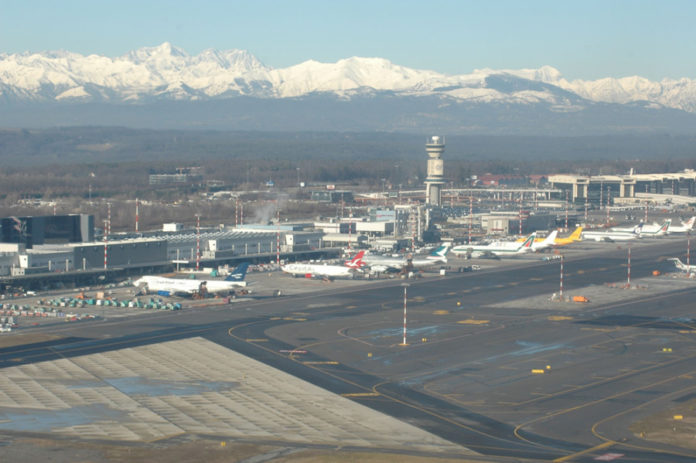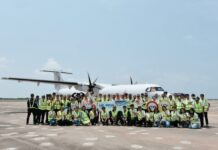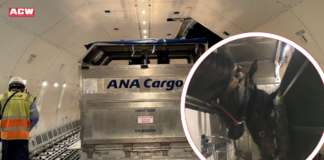

Milan Malpensa Airport has confirmed its place as a top cargo airport in Europe with volumes growing 37 per cent in five years, cargo manager Giovanni Costantini tells Air Cargo Week.
Italy’s busiest cargo airport has grown consistently over the past three years, with year-on-year growth of 9.1 per cent in 2014, 8.8 per cent in 2015, 7.4 per cent in 2016 topped off with an increase of 7.4 per cent in 2017 to 576,000 tonnes.
The outlook for 2018 is for lower growth of between three and four per cent due to demand slowing and macro-economic trends, as well as the trend towards lower shipment weight caused by the development of e-commerce.
Costantini says: “During the first months of 2018 we are seeing an increase in freighters movements greater than the total growth of cargo volumes, mainly related to the decrease of weight and volume ratio.”
Belly cargo volumes are expected to improve thanks to new services operated by Meridiana and by Norwegian between Malpensa and Los Angeles.
Pharmaceuticals have experienced strong growth with Alha and BCube gaining IATA CEIV Pharma certification and constructing new facilities. Volumes grew by about 40 per cent in 2017 and more importantly there has been a major decrease in the number of irregularities for pharma shipments.
Costantini says: “This means an important recognition by the industry, that make us very confident about the future, also because the growth has been particularly strong for import flows (+50 per cent), previously trucked in Italy from other European Hubs.”
This year two new warehouses will be completed for cargo handlers, contracted to WFS and Beta Trans and construction will commence for the new DHL hub, which Costantini says will end the first line facilities of the present Cargo City.
SEA is negotiating with several freight forwarders who are interested in the development of second line warehouses inside the airport grounds, with an area of 125,000 square metres being made available where about 60,000 square metres of buildings can be constructed.
Costantini says: “We have already received expressions of interest for 70 per cent of the available area and we plan to finalise the contracts with each single operator within the end of 2018, in order to start immediately with the urbanisation works of the area. The new buildings are expected to be available at the beginning of 2021.”
Combining the first line cargo infrastructure with the availability of the second line will bring the total capacity of the airport from 650,000 tonnes a year to over one million within the next two to three years.
The Italian economy is performing well and air cargo has largely exceeded pre-crisis levels of 2007.
Costantini comments: “The coming months will tell us if Italy is really re-starting up and if doing business in our country will be easier in the future and more profitable for everyone.”













